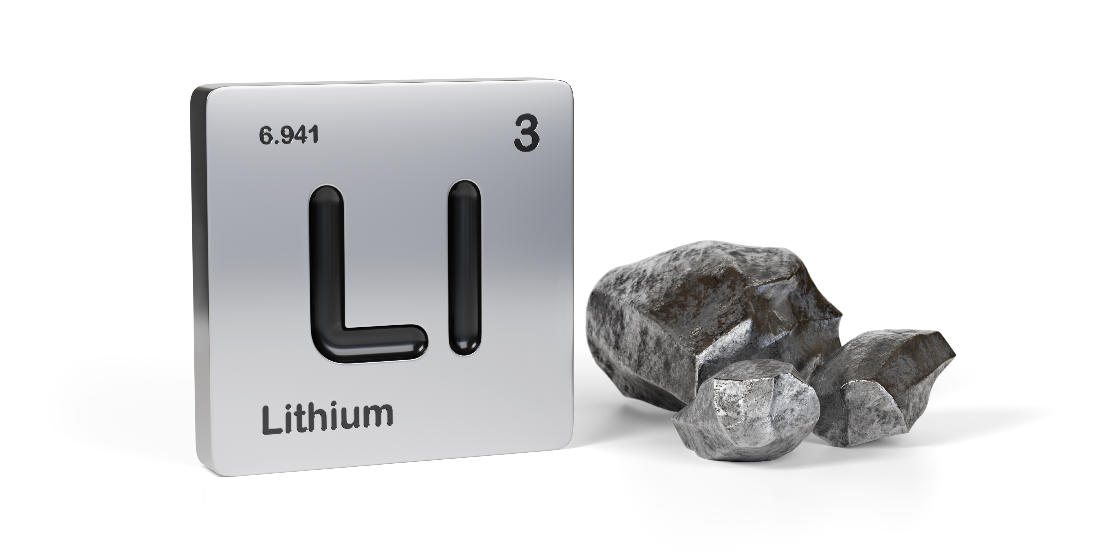Digging for answers to the coal-fired conundrum
Hopes are high that COP27 will be more action than words on phasing out coal-fired power. The ADB and CIF are both actively promoting coal-fired power early retirement funding mechanisms - but will there be appetite for the schemes and can they scale up enough to make a significant impact?

Yeah, but no, but yeah – there will very likely be some Vicky Pollard behaviour from speakers at COP27 this year over just transition and coal-fired power retirement, both key parts of the permacrisis which, rather depressingly, has become Collins Dictionary’s word of the year for 2022.
Since Vladimir Putin’s invasion of Ukraine sent power prices and energy security concerns in Europe rocketing, many European states, most notably Germany, have been extending the life of existing coal-fired generators, or re-firing mothballed plants. Arguably, it will be a relatively short-term emergency measure as more of the $2 trillion investment per year by 2030 in renewables, predicted by the IEA, kicks into the energy mix: Germany still plans to exit coal by 2030, but may need to bridge its energy gap until 2024.
But such emergency measures still have the whiff of hypocrisy even if they aren’t. And that is compounded by the fact that energy transition funding promises made by developed countries to emerging markets are still not being met.
Beyond the politics
Putting the political optics and fossil fuels blame game aside, if COP27 achieves anything tangible this year, it should be a global ban on all new coal-fired development and more and faster coal-fired power retirement – a tangible and realisable step towards transition, rather than attempting to rejig the mechanics of the world’s energy markets simultaneously, which is simply not feasible.
The relatively recent commercial bank, DFI and ECA retreat from coal-fired lending (the retreat really only started gaining momentum in 2019) has made financing new coal-fired power very challenging and led to planned schemes in some developing markets being axed. For example, Vietnam has proposed removing five coal-fired power plants from the National Power Development Plan VIII because investors are struggling to raise finance for the schemes.
Some heavy users of coal-fired power are also accelerating early retirement programmes: Indonesia recently issued the PD112/20022 presidential renewables decree, which requires state utility PLN to accelerate the decommissioning of its own coal-fired power and the termination of PPAs with independent coal-fired power producers.
But coal-fired power is still being built at industrial scale in some countries: India has announced plans for 56GW of coal-fired generation capacity by 2030 to meet growing demand for electricity; and although China is rapidly ramping up renewables development, according to forecasts from the China Electricity Council, the country’s total power generation capacity is expected to reach 3,000GW by 2025, with fossil fuel sources amounting to 49%, implying a 261GW increase in coal- and natural gas-fired power compared to the end of 2021.
All these newbuilds – if they go ahead – are just adding to the early retirement problem, which in dollar terms is already enormous. The Indonesian government alone estimates it will need around $600 billion of funding to support retirement of 15GW of coal-fired power and build the equivalent amount of renewables over the next 30 years. Other estimates put the figure much lower – according to TransitionZero, $37 billion will be sufficient to buy out a maximum of 10 years of future Indonesian coal generation based on current PPA prices, and cover capital expenditure, operational expenses and provide an acceptable profit margin for power plant owners. Fuel costs, carbon costs and the cost of replacement with renewables are excluded from the TransitionZero total retirement cost, but the gulf between the two estimates illustrates a point – no-one really knows what the full cost will be, but whatever it is, retiring, or even reconfiguring existing coal-fired power to run on gas, is not going to be cheap, particularly for plants that are nowhere near the end of their economic life.
Potential funding solutions are beginning to emerge. The ADB launched the Energy Transition Mechanism (ETM) at the COP26 summit in Edinburgh last year, building on a concept developed by Prudential and supported by Citi and HSBC. The concept involves impact-motivated investors buying coal-fired capacity from generators and utilities, with the sellers using the proceeds to invest in renewables and the buyers promising to retire the coal capacity early.
The ETM is being test-driven in Indonesia, the Philippines and Vietnam, and ADB is likely to make a big splash about the scheme at COP27 next week. Climate Investment Funds (CIF) will probably make a similar splash about its plans to invest $1 billion in coal-fired power transition schemes in Indonesia and South Africa. The CIF plan is to equip each country with access to $500 million in concessional, risk-bearing capital from CIF’s Accelerating Coal Transition (CIF ACT) investment program. The scheme is expected to pave the way for South Africa to retire several coal-fired power plants and replace them with renewables. And in Indonesia, CIF will partner with PLN and the private sector to accelerate retirement of up to 2GW of coal-fired power by five to 10 years.
The Uxolo perspective
Both CIF ACT and ADB’s ETM are expected to mobilise billions of dollars in additional finance from multilateral development banks (MDBs), impact investors and the private sector.
The MDB role is self-evident – the World Bank is the lead implementing partner for CIF ACT in South Africa, working in partnership with the African Development Bank (AfDB) and IFC. And ADB will be CIF’s primary implementing partner in Indonesia, concurrently promoting its own ETM initiative and working jointly with the World Bank Group.
But the potential role of other necessary participants to such programmes raises questions about appetite. For example, will host governments be willing to make the compromises – notably, offloading significant baseload – needed to get such deals done? Will impact investors be willing to take on coal-fired power given that, even if such deals come with carbon abatement credits, the quickest it would be economically feasible to retire them is around seven to 10 years? Add decommissioning risk to the mix and it becomes harder to see how such deals will have broad appeal.
The non-impact private sector role in such schemes will also be all about appetite, which is even harder to read, albeit a recent private sector ETM-like deal by ACEN gives a tentative measure.
ACEN recently pulled off an ETM-like refinancing/divestment deal for its 244MW South Luzon coal-fired plant in the Philippines. Proceeds of the PHP13.7 billion refinancing will be used to pay down PHP9.8 billion in outstanding debt and redeem ACEN’s equity investment in the project company, South Luzon Thermal Energy Corporation (SLTEC).
The deal, led by local banks BPI and RCBC, and sold to The Insular Life Assurance Company and financial investors in an SPV, was described as “adopting the principles” of the ETM, and was accompanied by approving comments from the ADB, but no direct ADB involvement. The transaction, said ACEN, would enable the retirement of South Luzon by 2040.
But there’s the rub, the deal sold to investors because the plant, which only began operating in 2015, will still be running for 18 years. Accepted, South Luzon’s end date is now 15 years earlier than it would have been, but 18 years of coal-fired operation is hardly ideal given last week’s announcement by the UN that the world is set to emit enough carbon to exceed the 1.5°C global warming target by 2032.
In short, coal-fired retirement cannot be left to just the private sector or even a blended finance approach – it needs the kind of financial compromise that can only come from developed economies, and a range of other compromises that can only come from host governments. Perhaps compromise will be Collins Dictionary’s word of the year 2023.





